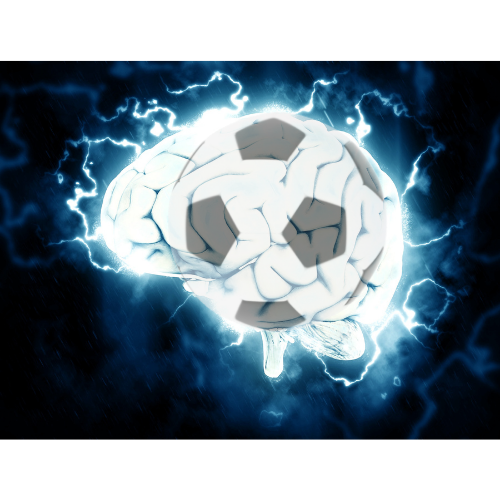Mental Functions of Youth Soccer Players
Author: Matt Couch
Publish Date: Dec. 28th, 2020
Soccer is a game requiring various skills. Physical skills of dribbling, passing, receiving and shooting along with mental skills like attitude, self analysis, and managing stress and anxiety. The following article presents research comparing the mental functions of elite youth soccer players and sub-elite youth soccer players.
Soccer is a multi-million dollar business. Sport scientists, trainers, coaches and scouts identify key elements important for player identification and development. It is important for a player to develop anthropometric, physiological, technical, tactical, and psychological characteristics in order to be successful at a high level or play. Lower Level cognitive function is basic information processing Higher Level cognitive functions are executive functions in regulating information processing. Lower level cognitive function is necessary to play soccer, but high level cognitive functions are what separate a professional from an amature. Hypothesis of the study is that high level cognitive functions are different between sub elite and elite players, but no difference at lower level cognitive functions.

The study used 88 youth players in Netherlands. Ages ranged from 13-17 years old. 47 elite players and 41 sub-elite players were evaluated. Players were evlautsted on lower and higher level cognitive and core executive function tests. The Trail Making Test assessed visual perceptualablity and cognitive flexibility. The Stop Signal task assessed reaction time and inhibitory control. The Backward Visual Memory Span assessed working memory. Players took part in a 40 minute session mid way through the soccer season. One of the papers authors and a trained expert in testing executive functioning implemented the assessments.
The study found that elite and sub-elite training hours differed. Elite and sub-elite players higher level Executive Functions task were significantly different. The largest difference found was the difference between elite and sub-elite Design Fluency Test scores. Also, elite players showed better results in the Stop Signal Task. There were no significant differences found between elite and sub-elite player lower level cognitive tasks or working memory.

The authors of the study found that elite players out performed sub-elite soccer players in metacognition, inhibitory control, and cognitive flexibility. However, the elite players did not out perform sub-eliete players in lowel level cognitive functions. The authors concluded that lowel level cognitive tests would not be useful for talent identification. It is recommended that executive function inhibitory control and cognitive flexibility be used to identify talent. The authors also hypothesised that the quality of the training, not just the quantity, is important to talent identification. However, quality training in conguction with the quantity of the training can help develop elite players metacognitive abilities further. It was found that players ability to inhibit motor responses when engaging in soccer skills exercises where important to be successful soccer player.
It’s no secret that soccer is a mentally demanding sport. This study provides important insite into what differentiates elite players and sub-eliete players. Engaging in exercises that work on both skills and metacognition can prove helpful to closing the gap between elite and sub-elite players. One outlaying factor that was not tested in this study is desire. The desire to work on both the mental and physical side of soccer is, in my opinion, an important factor to a players development and success as a soccer player. If you have the desire to develop your game both mentally and physically, and you seek out avenue of growth, you have a greater chance of being successful that other players that have a low desire. Continue to grow both mentally and physically in the sport of soccer and opportunities will be presented.
Resource
https://journals.plos.org/plosone/article?id=10.1371/journal.pone.0144580

